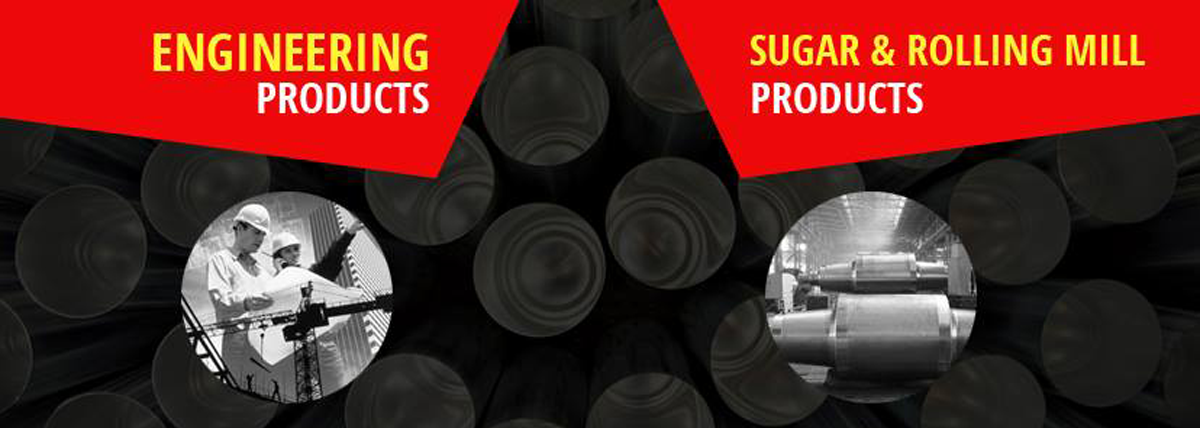
Steel is widely used metal across the world. Its durability and versatility are due to its ductility and high elasticity. It is made by mixing carbon and iron ore. With a combination of carbon and iron ore makes non-alloyed steel and if other chemical components are added to it, makes it an alloy. The percentage of carbon can vary depending on the grade, basically between 0.2% and 2.1% by weight.
To make an alloy chemical that can be added to the mixture are phosphorus, silicon, oxygen, and sulphur. We can see the extreme uses and importance of this metal in different industries. We can see the uses of steel from our households to heavy industrial uses, it is processed following the necessity and dedicated need. Various amounts and types of alloying components used determine the tensile strength, ductility and hardness of steel.
What Is Flange?
A flange is termed as a plate-like device, basically round, that is attached to the end of a valve, fitting, pipe or different object and helps the installation and fitting of a piping system. The flanges are made in all the distinctive materials to meet the needs of material that should be used in pipe fittings. On the other hand, some flanges are manufactured of Cast Iron, The most renowned and widely used flanges are carbon steel forged flanges.
Difference between Carbon and Stainless Steel
Stainless steel is widely used and lustrous metal comes in different grades that are used to increase the chromium in the alloy until the steel becomes reflective as a mirror. In simple words for an observer, stainless steel and carbon steel are not difficult to differentiate.
Carbon steel contains carbon as the main element. With a matte finish, carbon steel is dull that is comparable to a wrought iron fencing or cast iron pot. For this alloy, the amounts of other alloying elements such as tungsten, cobalt, manganese, chromium are not defined.
Stainless steel plate’s suppliers know that the content of chromium added to the carbon steel also makes a difference between the two types. Because the amount of chromium added to it determines whether it is a stainless steel or carbon steel. Carbon steel is not safe in terms of rust when it comes to air or moisture. So, the constructions closer to air and water bodies that are high in moisture content cannot be constructed with carbon steel.
But stainless steel is non-vulnerable here. Rust doesn’t affect it, so it can be used to benefit most of the industries. Its fabrication process enables industries applications of all kinds. From your kitchen utensils to building bridges stainless steel is utilized everywhere and it has no alternative in its usage. The fabrication of steel is a typical procedure but still interesting.
Carbon steel has higher thermal conductivity than stainless steel. Stainless steel is protected from corrosion whereas carbon steel can corrode. Stainless steel is the most preferred type of metal used for many consumer products and also used for the decoration in construction whereas carbon steel is preferred in production and manufacturing where the steel is not appear from view.
As one of the best stainless steel seamless pipes suppliers, we know the superiority of carbon steel forged flanges and can help you know which is better of the two as per your application.

